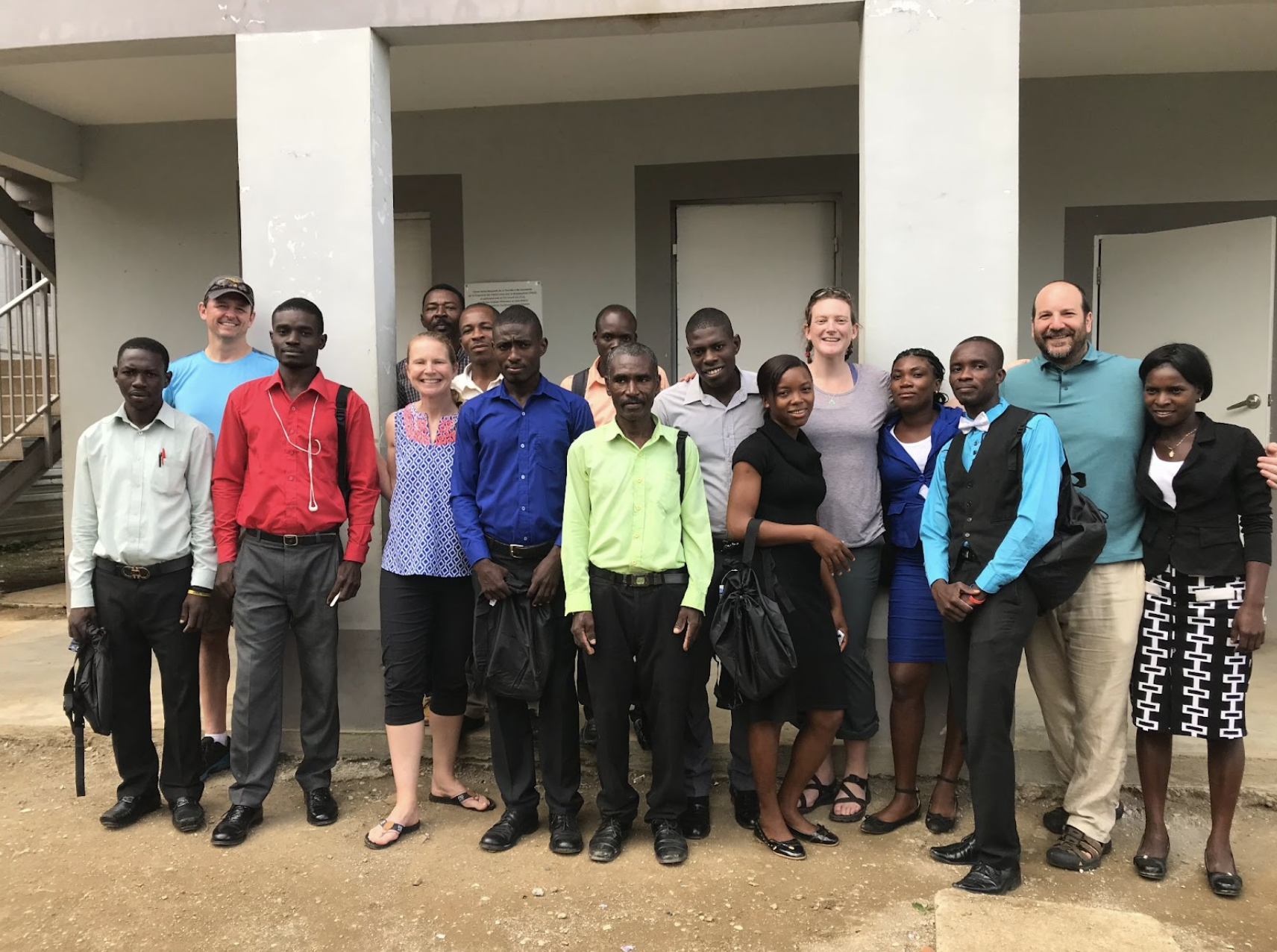By Julie He ‘23
“Ask not what your robot can do for you, ask what you can do for your robot.”- Mr Palmer
As winter sports come to an end, the St. Mark’s Robotics Team (FIRST 3566/Gone Fishin’) is also wrapping up with its grand finale- a competition. Team 3566 has been a prominent part of St. Mark’s STEM program since its inception. Robotics provides students the opportunity to work in the STEM field in multiple aspects including building, engineering, and coding. However, robotics requires deep commitment, replacing winter sports and Saturday classes. The robotics team, like other sports, have been working diligently towards a competition at the end of the season. The competition is six weeks long and the SM team will be attending for two weekends with the hope of qualifying for New Englands. Every team at the match will build a robot from scratch that must encounter identical obstacles. This year, challenges include shooting balls into a hoop and climbing monkey bars. The robot that best completes the tasks wins.
Team Gone Fishin’ this year is composed of a large and talented group of 39 students and 4 teachers. There are also many supportive alumni mentors such as Jason Chen ‘21 who drops by regularly to advise the students. Although a large crew, there are different jobs for every member that caters to their interests. Under the leadership of Carl Guo ‘22, the students split up into groups to work on different components of the robot. The coding team is responsible for coding the robot and making sure it completes the tasks given. Another technology-based team is the CAD team which 3D-prints components that go towards building the robot. CAD (computer-aided design) is a computer-based software that helps users digitally create 3D models. As there are many different parts of the robot, the building team is further split into 4 different groups; field elements, climbing, shooting, and intake. In the lower center, the field elements team has been building a replica of the hoop for the robot to practice on. The climbing team is building the components of the robot that will be climbing monkey bars and the shooting team will build the parts that shoot balls into the hoop. The intake team is responsible for the mechanics that pick up the balls. Finally, the external affairs team, which is often overlooked but crucial, is responsible for the paperwork of robotics. They submit award nominations and seek sponsors. Some past sponsors have been Yamafuji and Bose! With all the teams working hard the past season, everyone is looking forward to seeing their parts coming together for the competition.
Students on the team have been very eager for the competition, especially after 2 years of quarantine. Reina Wang ‘22, one of the few returning members, is excited for the competition: “I am very looking forward to going back to an in person competition event since 2020. We are very excited to see how our robot performs in the games and hopefully we will all enjoy the experience.” Other members such as Andrew Hung 22’ share similar sentiments: “I look forward to the culmination of all the team's work coming together and seeing what other teams have to offer. The competition allows the team to really come together and bond, as well as for newer students, understand our competition and the work that they will have to do in the coming years to get even better at FIRST.”
Although not everyone may be able to attend the competition due to Covid restrictions, the team is still very excited to put out what they have and showcase their weeks of hard work. The practices are filled with lots of energy and excitement, but also stress. With only a few weeks left to prepare, robotics students are working late nights on weekends to make sure they are ready for the big day. With this season’s good preparation and superb leaders, team 3566 is ready to encounter the competition.















